Sommario
With the promotion of the POR-FESRE Emilia-Romagna 2014-2020 call and the objective of financing industrial research and development projects, Il Sentiero International Campus has worked on the realization of a series of components with Additive Manufacturing technology (AM). The project was officially launched in 2018 and is still under way to develop innovations in manufacturing.
The Project
The Design team of the Research Center, it has been involved in the study and realization of a series of titanium levers dedicated to the food and pharmaceutical sector, exploiting the Additive Manufacturing technology and aiming at the optimization of its performance. Specifically, the focus was on reducing the weight of the material by using topological optimization and the introduction of latex structures with the aim of reducing inertia and bringing the lever to equal performance by ensuring, at the same time, mechanical reliability even in dynamic conditions. These are fundamental elements to respond to the growing demands of the manufacturing industry that year after year requires from the industrial sector always better results especially with regard to the life cycle of the components in AM. For the realization of the project, Il Sentiero International Campus first analyzed the work needs and stress that the lever must withstand in real conditions. This procedure required numerous analyses and numerical simulations to better evaluate elastoplastic deformation.
In particular, were performed mechanical numerical simulations FEM (Finite Element Method) that allow to obtain numerical solutions simulated of real physical problems described by means of differential equations, thus allowing to observe the state of stress and deformation of the lever. Once the data is collected and the useful life of the piece is estimated, a test rig has been designed in its entirety, suitably dimensioned both from the mechanical point of view and from the point of view of generating dynamic cyclical stresses in order to validate concretely the results obtained during the analysis phase.
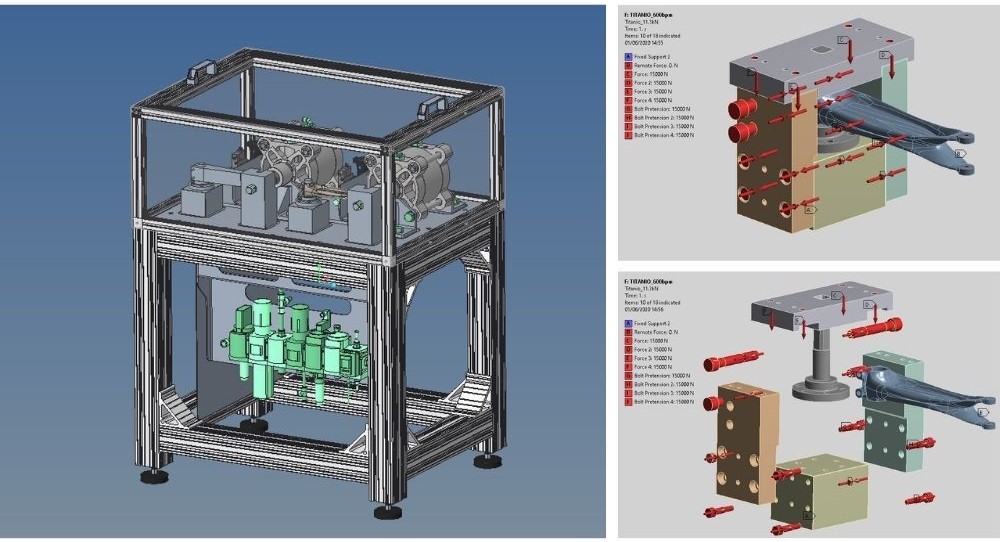
Technology used
For the realization of this project, the team worked with the support of innovative technologies to achieve the best possible results. In addition to the ANSYS© software for FEM analysis, control sensors were used to better monitor all procedural steps, the machine for the realization of 3D components SISMA MySint300 and laboratory equipment for micrographic and metallographic analysis.
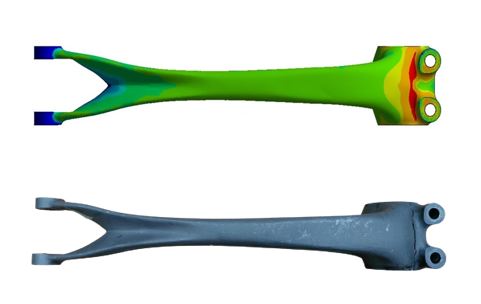
Conclusion
The greatest difficulty was the huge interdisciplinarity of the project (ranging from mechanics to materials, from automation to surfaces to rapid prototyping) but, once the components were made and subjected to a series of rigorous tests, it was possible to sum up. What has been demonstrated by the implementation of this technology is the remarkable improvement in performance: more than 250% of resistance to mechanical stress compared to the component made with traditional materials and manufacturing technologies. This result has been achieved through a careful study of the geometries that have allowed to obtain the maximum performance from the material as well as from the reduction of the masses. These results demonstrate the importance of synergy between different technologies and applied knowledge.
The potential of Additive Manufacturing technology and its applicability make it a topic of primary importance for the present and the future (mechanics, materials, automation, surfaces, finite element calculation, rapid prototyping).

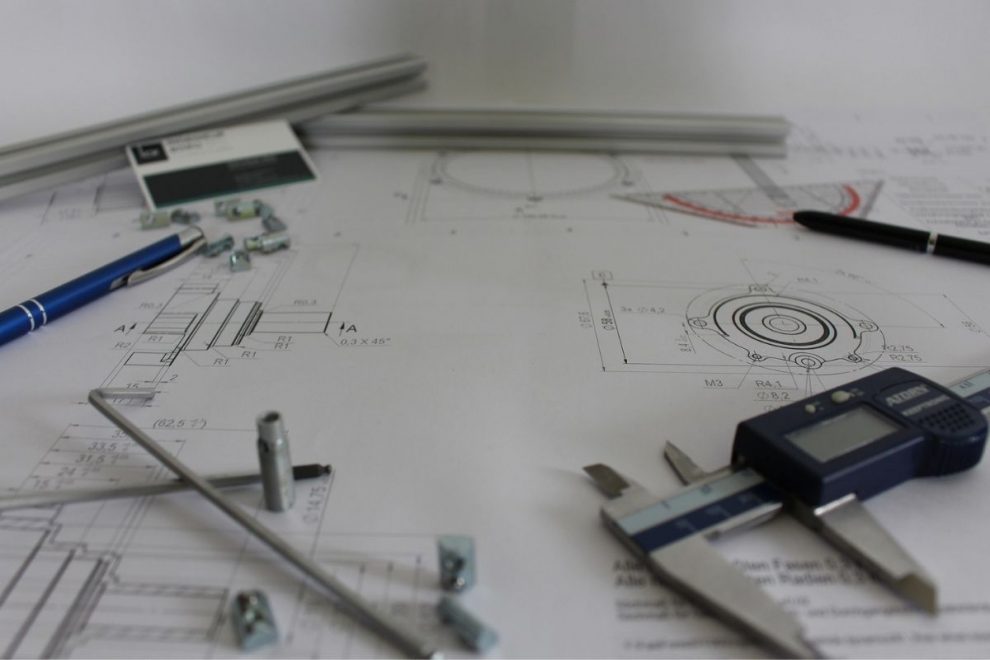

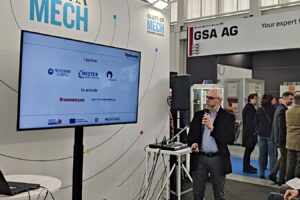
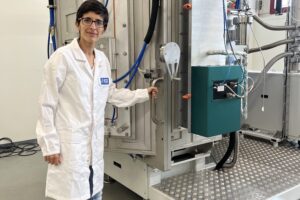






 @EcorIntern
@EcorIntern